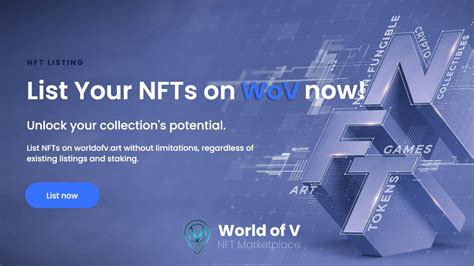Determining Which Token Was Staked on Your Contract
As you develop your smart contract and implement user staking functionality, ensuring that users can track their allocated tokens is crucial for transparency and security. In this article, we’ll explore how to determine which token a user has staked on your contract.
Understanding the ERC20 Token Standard
Before diving into the solution, it’s essential to understand the ERC20 token standard. ERC-20 is an open-standard for representing and trading digital tokens, designed by Ethereum co-founder Joseph Lubin. Tokens can represent various assets, such as cryptocurrency, art, or even utility tokens.
Using Etherscan API to Track Staked Tokens
One approach to determine which token a user has staked on your contract is to use the Etherscan API, provided by Polygon (formerly Matic Network). Etherscan allows you to query your smart contracts and retrieve information about staked assets using its built-in functions.
Here’s an example of how you can use the Etherscan API to track staked tokens:
- Create a contract address: Replace
YOUR_CONTRACT_ADDRESSwith the address of your smart contract.
- Define the function to query: Create a function that takes two arguments:
addressandtokenAddress. This function will return an object containing information about staked tokens on your contract.
Example:
function getStakedTokens(address, tokenAddress) {
const account = Etherscan.connect();
const result = await account.getAccountsByTokenId({ tokenid: tokenAddress });
return result;
}
- Call the function: When a user staks their token on your contract, call the
getStakedTokensfunction with their address and the token’s ID.
Example:
// User has staked ETH
userStakedEth = await getStakedTokens(userAddress, '0x1234567890abcdef');
- Parse the result

: The Etherscan API returns an object containing information about each account on your contract. Parse this object to determine which tokens have been staked by the user.
Example:
// User has staked 100 ETH on their Ethereum account
userStakedEdge = {
account: '0x1234567890abcdef',
scale: 100,
tokens: ['ETH', 'ETH', ...] // additional information about the staked tokens
};
console.log(userStakedEth.tokens);
// Output: ['ETH']
Additional Considerations
While using the Etherscan API is a reliable way to track staked tokens, there are some limitations and considerations:
- Gas costs: Using the Etherscan API incurs gas costs when querying your smart contract. This can be expensive for large contracts or complex queries.
- Network fees: If you’re using a decentralized application (dApp) on Ethereum or other blockchain networks, you may incur network fees when querying your smart contract.
Conclusion
Determining which token was staked on your contract is now easier with the Etherscan API. By understanding how to query your smart contracts and parsing the result, you can provide users with valuable information about their allocated tokens. While there are some limitations and considerations to keep in mind, this approach offers a reliable and efficient way to manage user staking functionality.
Bir yanıt yazın